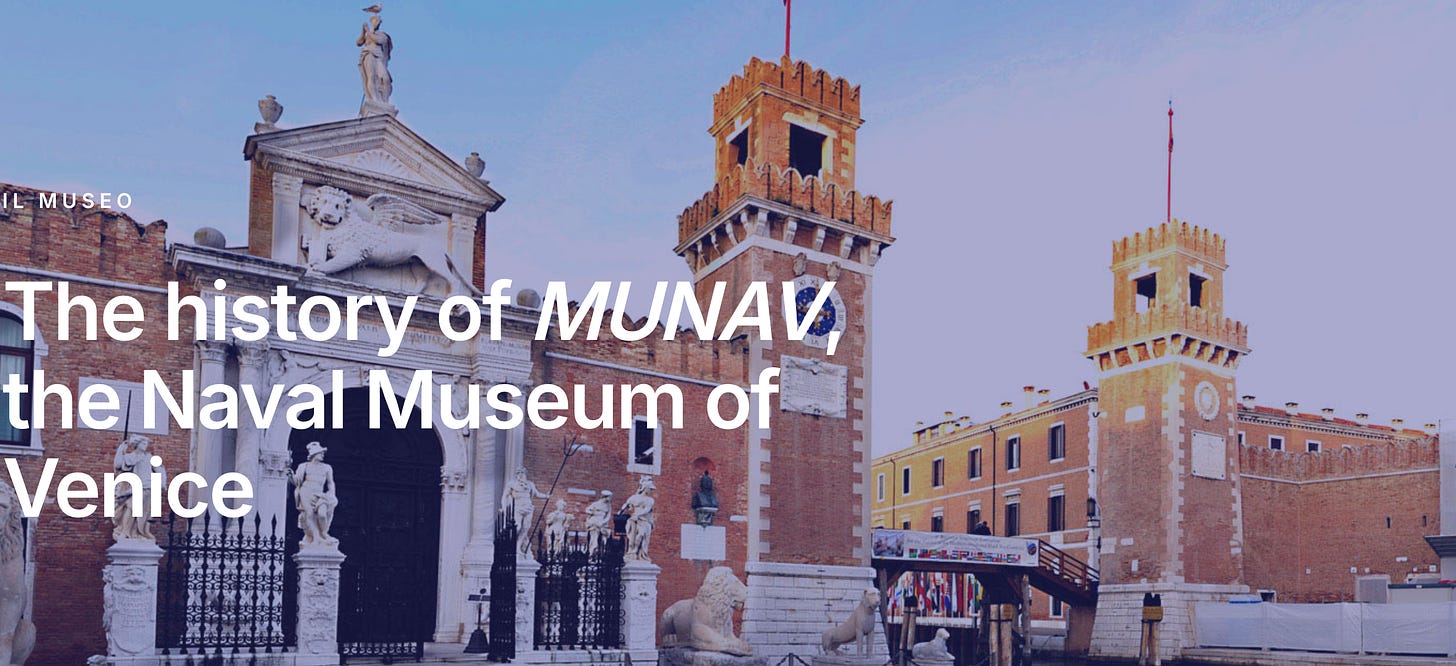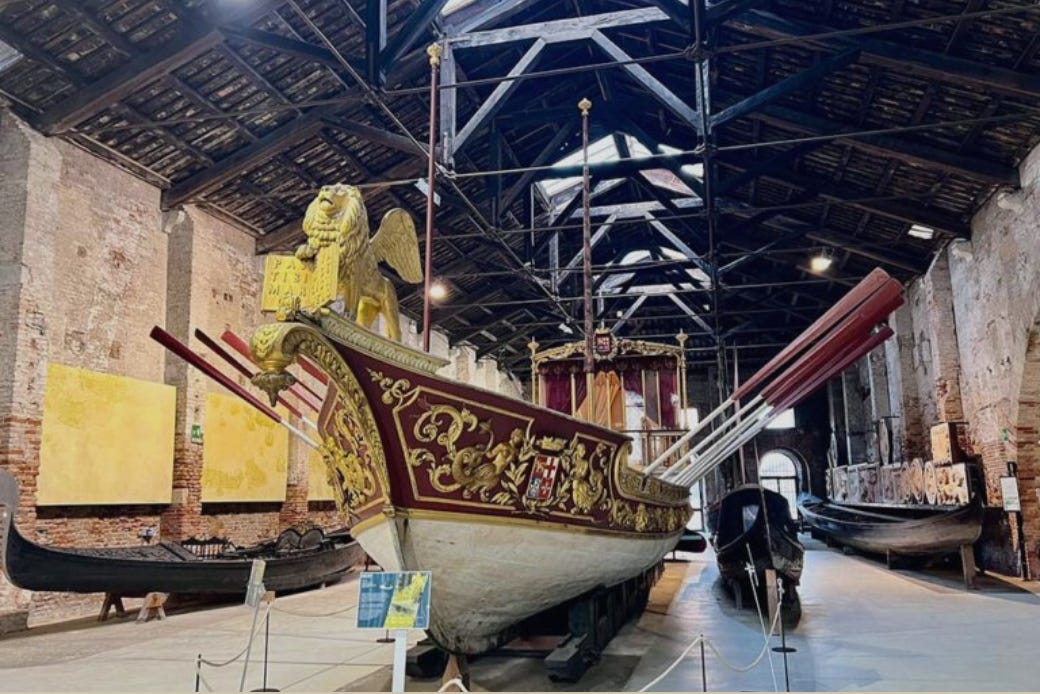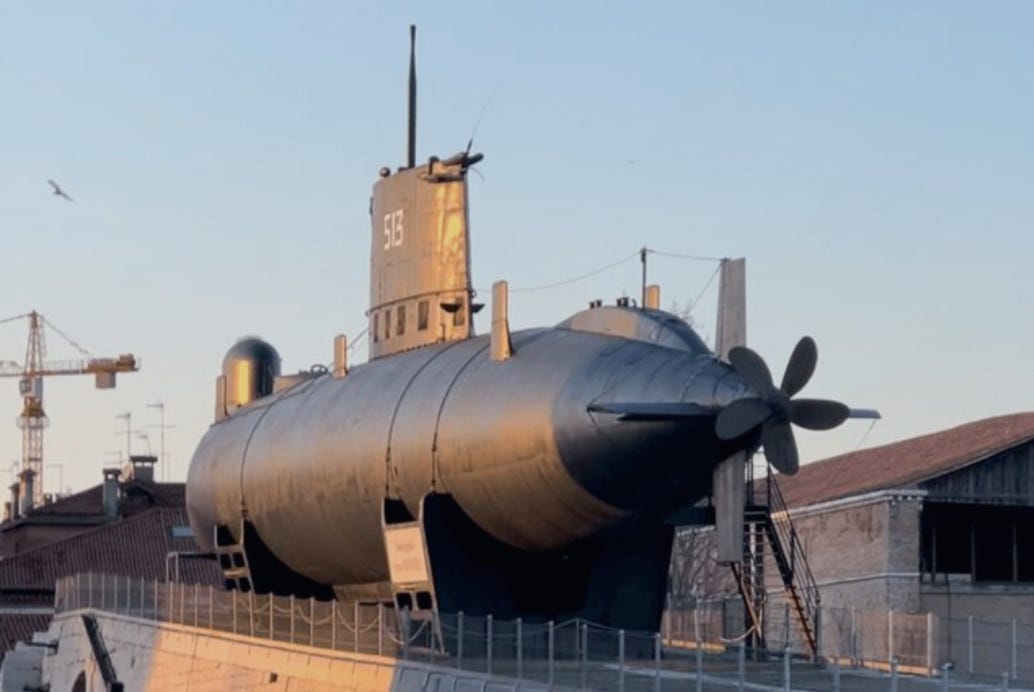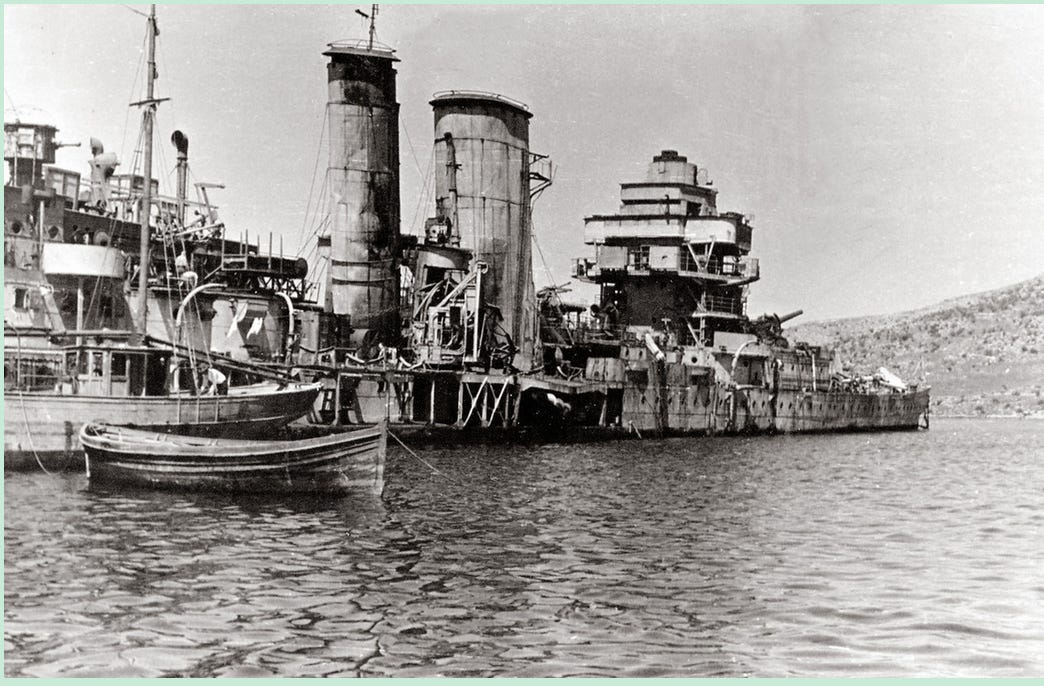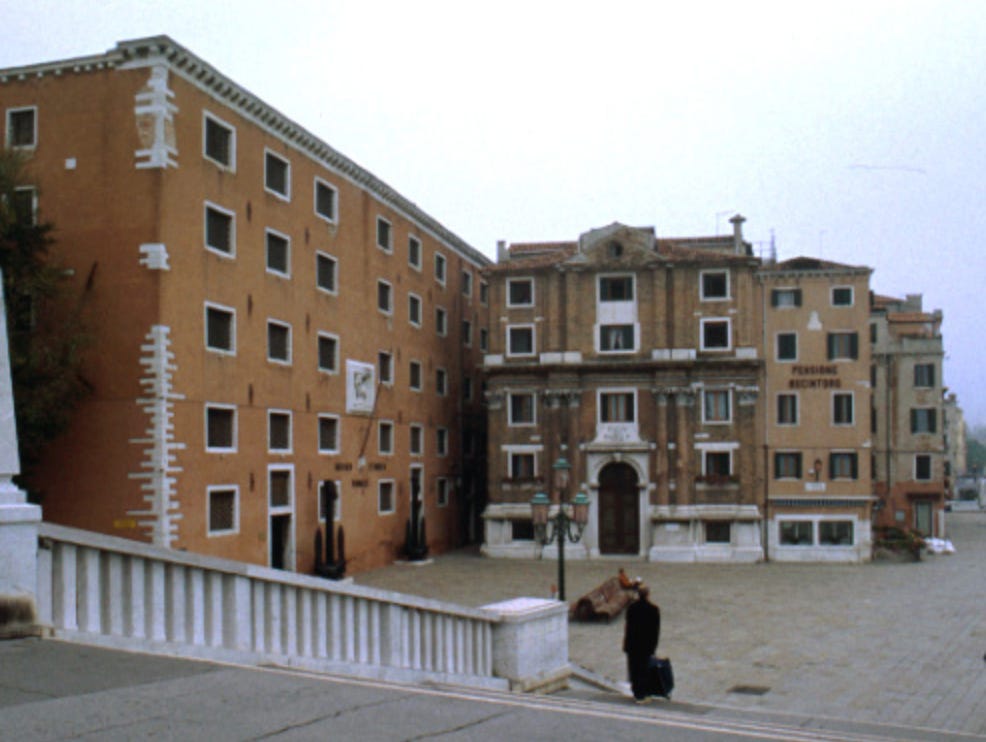[The City of Venice 01] The Naval Historical Museum: To Discover a Historic Place Overlooking the Ancient Arsenal
Located in the Arsenale area, one of the most emblematic places in Venice, the Museum is housed in a historic building that once constituted the "Granary" of the Serenissima and inside a Pavilion that served as a workshop and storage for boats of the Republic of Venice. Thanks to its rich collection, temporary exhibitions and its strategic position in the enchanting setting of the Arsenale, the museum offers a complete overview of a heritage of inestimable value.
THE HISTORY OF MUNAV: The Museum- from the Great War to today
The Naval Historical Museum (MUNAV) was officially established by Royal Decree in February 1923. “..to make more clear how daring the Italian naval spirit has been at all times” (Royal Decree 1919) and is located in Campo S.Biagio, near the Ancient Arsenal of Venice, in a historic 15th century building which was the “granary” of the Serenissima.
In addition to the main building, the Museum includes the Ships Pavilion, located in the ancient “rowing workshop” of the Arsenale and the Navy area within the Arsenale, between Darsena Grande and Canale delle Galeazze, where the Submarine Enrico Dandolo is installed.
The ancestor of the current MUNAV: 'The House of Models'
The Naval Historical Museum of Venice, founded in 1919 after the First World War, is located in a historic 15th century building used as a “granary” for the conservation of the grain that was used in the special ovens that manufactured a particular type of long-life bread , called “biscuit”, suitable for boarding the galleys departing from the “Serenissima”. And it was precisely the Arsenal, the most illustrious naval historical monument that exists in Italy, which gave life, at the end of the seventeenth century, to what can rightly be considered the ancestor of the current Museum: “The House of Models“. This was the place where the various models of the ships were collected which at the time replaced the design drawings: on the basis of the models, compared to scale, the natural boats were then built.
THE FIRST CORE OF THE MUSEUM: Arsenal Museum
The “House of Models” was sacked in December 1797, during the French occupation, as were the “Sale dell’armar” of Palazzo Ducale, where the weapons, relics and trophies were kept, in the same period. of war of the Republic of Venice. Much of the ancient wealth of the Serenissima was lost and what remained was subsequently recovered and preserved by the Austrians, who took over from the French, within the walls of the Arsenal. At the end of Austrian rule (1866), the remaining relics were reordered and placed in a single location which formed the first nucleus of the “Arsenal Museum”, located inside the Arsenal itself.
The current location
In 1919, the General Staff decided to establish a single Historical Museum of the Navy, bringing together the various relics scattered in the Arsenals and on board the Royal Ships. The war trophies and weapons of the Serenissima returned to their historic location in the Doge’s Palace. Subsequently, it was decided to establish not only the Historical Naval Museum of Venice, but also a Technical Naval Museum based in the Arsenal of La Spezia. All the objects of prevalent historical and artistic interest were collected in the first museum, while the technical materials were concentrated in the second. The initial headquarters of the Naval Historical Museum was a building located inside the Arsenal near its main entrance. In 1964 the Museum was moved to its current location in Campo S. Biagio, in an exhibition area spread over five levels in 42 rooms, for a total of 4,000 square metres.
The exhibition area
Since 1983, in addition to this main building, the Ships Pavilion has been part of the Museum, home to the ancient “oar factory or workshop” of the Arsenal galleys. The Maggior Consiglio met here for about ten years, after a fire in 1577 made the Ducal Palace and the Church of San Biagio unusable. Now the Pavilion has been restored and brought back to its original sixteenth-century vision to be used for the conservation of the larger hulls that could not be placed in the main building of the Museum. In recent years, two other open spaces have been assigned to the Museum, inside the ancient Arsenal, where a glorious World War II powerboat and a “Toti” class submarine were placed: the Enrico Dandolo submarine.



